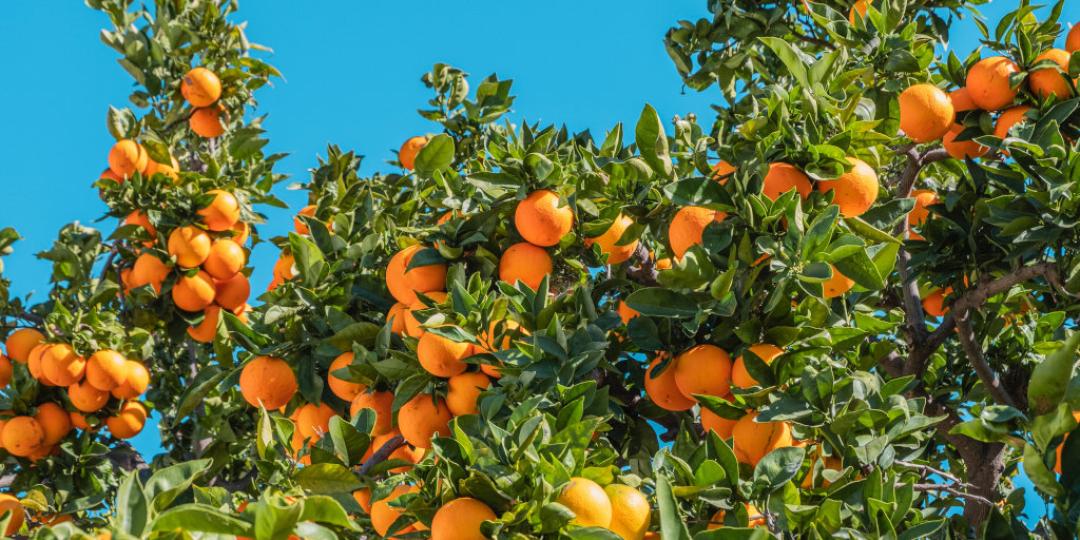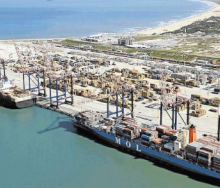South Africa's citrus industry faces several challenges, such as the rising costs of production and logistics and shrinking margins, which threaten its sustainability as farmers enter the 2023 export season.
Citrus has been a major contributor to the country's agricultural sector and overall GDP (gross domestic product) for many years, achieving a steady annual compound growth rate of 11% in gross production value over the past five years.
This has allowed the industry to bolster economic recovery, providing almost 150 000 job opportunities.
However, Paul Makube, a senior agricultural economist at FNB, said that despite this success, the industry faces several challenges, including a combination of domestic and global headwinds that threaten its sustainability in a perfect storm as it enters the 2023 export season.
"The global economy, including declining growth prospects and rapidly rising inflation and interest rates, is starting to bite hard into the profitability of the citrus industry worldwide," Makube said.
"And when you couple these fiscal pressures with the sharp rises we have seen in the costs of logistics, particularly the prices of reefer containers, citrus exporters' margins have been shrinking rapidly since 2021."
Makube also pointed to other challenges that South Africa's citrus producers have faced and will likely continue to battle in 2023, including the deterioration of infrastructure, the impact of energy insecurity and load shedding on farming, storage, and cooling processes, increasing competition in many markets, and the still slow progress to expand global market access.
"In addition to rapidly increasing production costs, which have risen by more than 25% in the past three years, local citrus producers are also having to deal with rising costs associated with getting their produce to global marketplaces," Makube said.
He said the situation has now been exacerbated by changes in the EU's cooling protocols, combined with the steady increase in the costs of sanitary and phytosanitary (SPS) protocols across the food chain management process.
Makube said that while these cost increases are a significant challenge for local producers, they are compounded by operational problems ranging from ongoing domestic port and logistical crises that raise the risks of delays and consequent quality claims.
Cold-chain interruptions due to load shedding also present a massive risk to the quality of fresh produce and storage costs in chilled environments.
"To top it all, while freight rates are showing signs of normalising, they are still largely higher than pre-pandemic rates, and input costs in terms of fertilisers and labour are also still presenting headaches for many farmers," Makube said.
However, he is positive about the potential for the citrus industry to grow and become more sustainable.
"While the challenge of slowing exports is likely to remain in place for some time, the local industry is able to adapt, and there is evidence that it is already doing so, as evidenced by the gradual consolidation of the planted area due to the removal of marginal orchards and more carefully considered orchard expansion," he said.
He added that there is no quick fix to the challenges, but a carefully coordinated response by all stakeholders can lead to long-term positive outcomes.
"Although 2023 is likely to be another challenging year for the industry, and we are unlikely to see the record-breaking export prices that we did over the past five years, from next year, we expect to see a gradual settling of the various factors that are contributing to the volatility and uncertainty in our citrus markets," Makube said.













